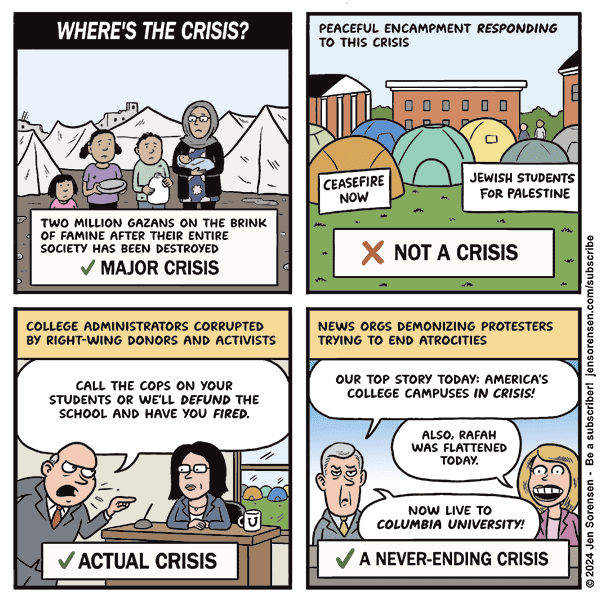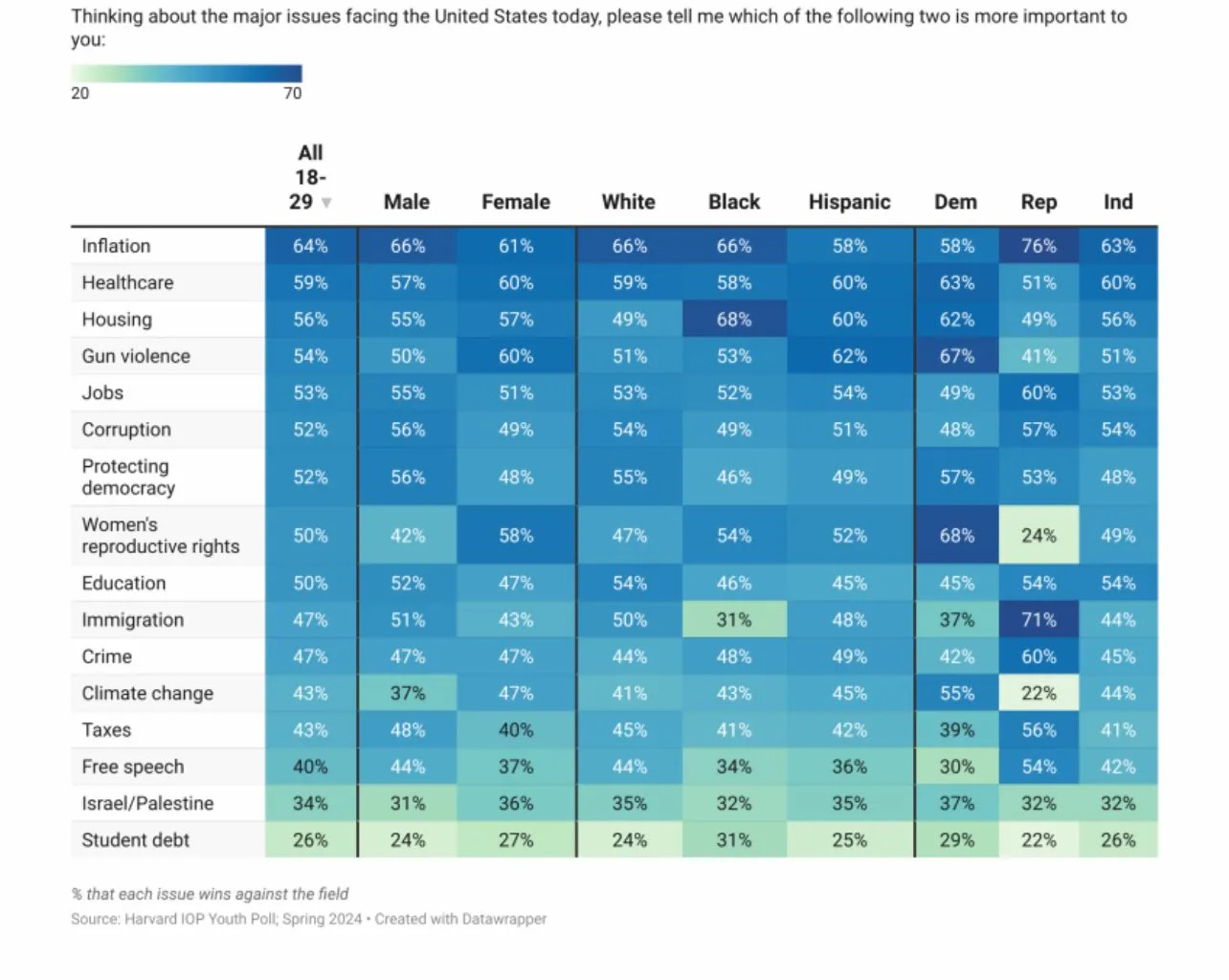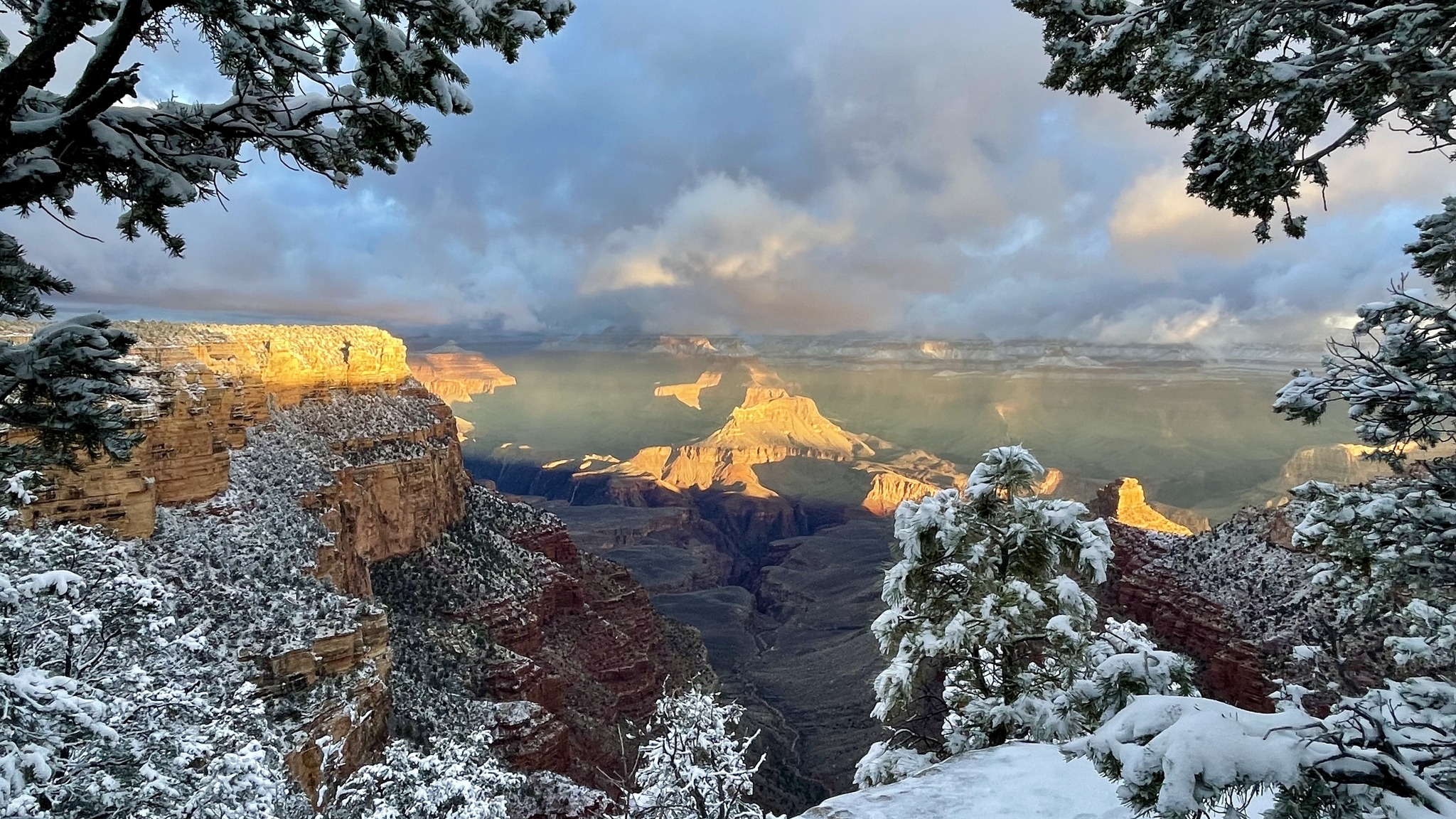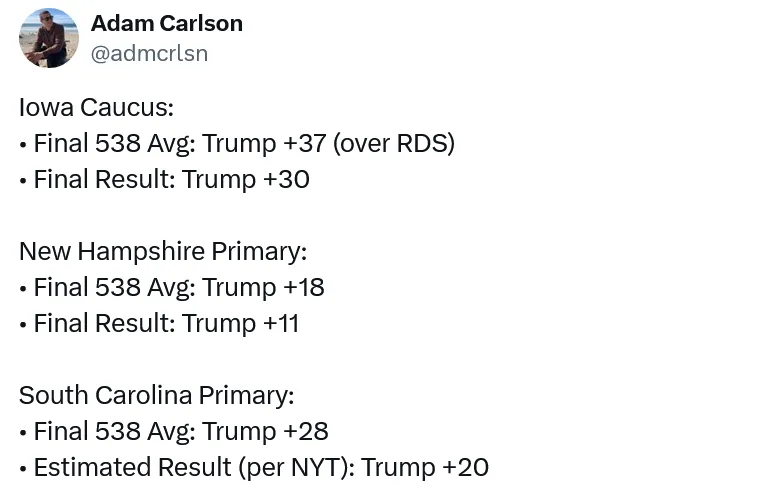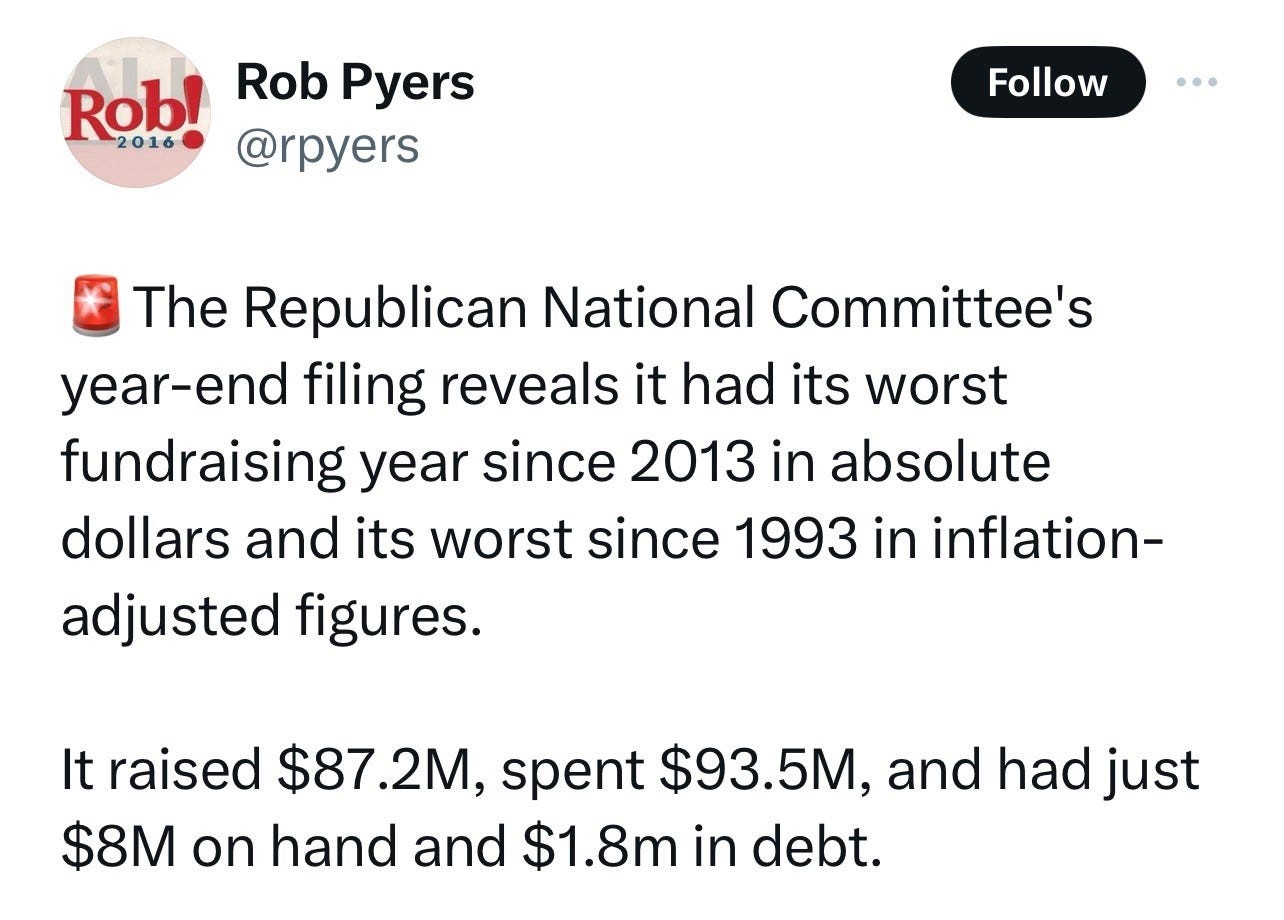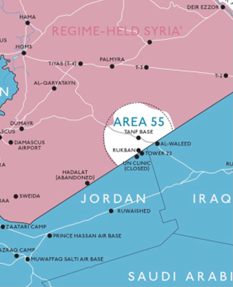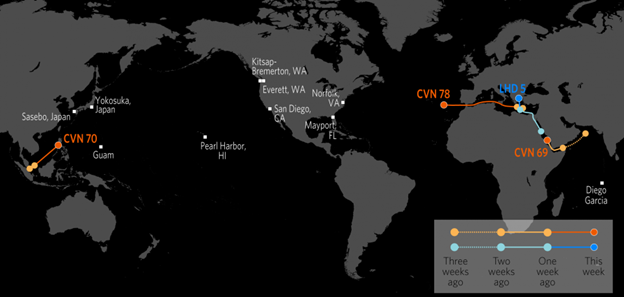The Daily Escape:

Sunrise, Paines Creek, Brewster, Cape Cod, MA – May 2024 photo by Bob Amaral Photography
Wrongo and Ms. Right just returned from a whirlwind visit to family in Western MA and from there to family on Cape Cod, MA. We then moved on to the Havanese National Dog Show in North Kingston, RI. Now, we’re happy to be back at the Mansion of Wrong, where most of our flowering plants are in bloom or are budding.
Happy Saturday, and welcome to Memorial Day Weekend, when we remember those in the military who died in service to the country. Before 1971, it was called Decoration Day, which was first observed on May 30, 1868, when flowers were placed on the graves of both Union and Confederate soldiers at Arlington National Cemetery. Back then, it was our most solemn holiday.
Memorial Day is Monday, when we mourn the soldiers we knew, and we briefly remember those we never knew personally. By now, the standard American public’s response is, “thank you for your service”. Saying it has become a reflex, like “bless you” when someone sneezes. Our default position is to thank, but not to think. For most of us, America’s foreign wars are a kind of elevator music. Always present, but we barely notice them.
So maybe we watch our town’s parade. There’s likely to be a cookout. It isn’t about love of country. It’s about sad Facebook emojis, Memorial Day mattress sales, and burgers on Monday
Let’s take a moment to think about the wars we are currently waging in Ukraine and Israel. Alex Vershinin, a retired US Army Lt. Col, has an article at RUSI “The Attritional Art of War: Lessons from the Russian War on Ukraine” about the costs of war and how countries fight them in different ways, which can create great difficulty for the combatants: (brackets and emphasis by Wrongo)
“The US (and Israel) are set up to conduct high intensity, airpower heavy conflicts. Russia has long preferred attrition and that is the battle plan adopted by [Hamas]…Attritional wars require simple to operate weaponry since the odds [are] that both sides will have their experienced and well-trained forces badly thinned, forcing them to rely more and more on not-well-trained recent inductees. And of course being able to produce armaments in huge volumes is also important. The Western dismissiveness towards this strategy, seeing it as primitive, is setting it up for a fall.”
Satyajit Das, a former banker takes a similar view: (brackets by Wrongo)
“War requires massive amounts of equipment, munitions and manpower…..Western powers are currently struggling to match Russia and China in producing armaments for its client states [Ukraine and Israel]. The US and its allies have [not prioritized]…heavy manufacturing essential for weaponry in favor of consumer goods and services.”
This is econospeak for saying that the US and Europe are unable to keep the weapons supply chain full for the two wars they currently support. More:
“In contrast, their opponents have prioritized military manufacturing and maintaining inventories for armed conflict. Western industrial ecosystems, frequently now privatized,…lack the necessary capacity and surge capability.
It has always been true that sophisticated weapons systems can be countered by low-cost and low-tech improvisation. We’re seeing this in Ukraine with the use of cheap drones and missiles that can alter the battlefield situation.
That stands in contrast to America’s ‘boys-with-toys’ syndrome that places its faith in expensive high tech weapons, such as the F35 jets that cost around $150 million. Or Patriot Air Defense Systems that cost over $1 billion, with each interceptor missile costing a further $6-10 million. Individual artillery rounds can cost upwards of $3-5,000.
Given the Russian strategy of attrition, degrading Ukraine’s ability to finance its military action is an essential tactic. Russia’s targeting of industrial and agricultural infrastructure combined with the displacement of manpower has reduced Ukrainian output by about 35%. The cost of rebuilding what has been lost in power plants and other infrastructure is thought to be around $500 billion. Soon, Ukraine will need to restructure the country’s $20 billion international debt to avoid default.
Israel’s obliteration of impoverished, aid-reliant Gaza is economically pointless, unless the goal is to drive Gaza residents away. How and when Gaza gets rebuilt is unknown, but certainly it will take decades. OTOH, Israel’s economy has shrunk by as much as 20%. The call-up of reservists for military service and flight of talent out of the country has disrupted its industries. The conflict has cost Israel around $50 billion (10% of GDP) while increasing Israel’s debt. Its credit rating has been downgraded.
Neither of these wars can go on indefinitely. Ukraine and Israel are reliant on their Western backers who will soon be less able to support them financially or in their demand for more weapons. And in both cases the enemy is conducting wars of attrition. Those type of wars last longer and they test both a warring country’s industrial capacity and its borrowing capacity. From Vershinin:
“Unfortunately, many in the West have a very cavalier attitude that future conflicts will be short and decisive. This is not true….Even middling global powers have both the geography and the population and industrial resources needed to conduct…attritional wars.”
If the West is serious about a possible great power conflict, say between the US and China, or between NATO and Russia, the West needs to look critically at its industrial capacity, mobilization doctrines and their ability to conduct a protracted war.
Today, most US war games take place over a single month of conflict. As Afghanistan and Iraq have taught us, that isn’t a likely outcome. The attritional strategy is counterintuitive to most US military officers. Western military thought views being on offense as the means of achieving the decisive strategic goal: forcing the enemy to come to the negotiating table on unfavorable terms.
But they should know better. All of their recent combat experience acquired in overseas operations says when we’re fighting a war of attrition, we lose.
Anyway, it’s Saturday and time for our Saturday Soother. Here is some beautiful (and meditative) music for your Saturday. The Adagio in G Minor is attributed to Tomaso Albinoni, but actually was composed by 20th-century musicologist and Albinoni biographer Remo Giazotto, purportedly based on the discovery of a manuscript fragment by Albinoni. Albinoni died in 1751, and Giazotto obtained a copyright for the Adagio in 1958.



 The media’s lopsided reporting:
The media’s lopsided reporting: